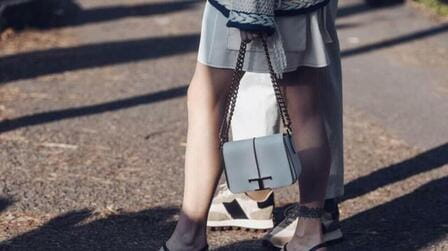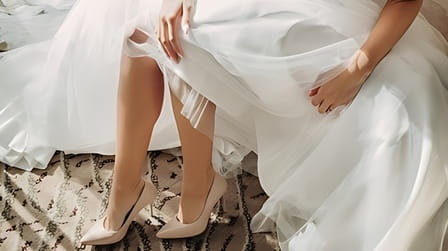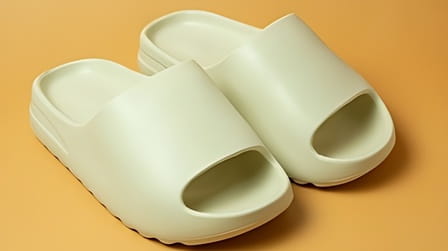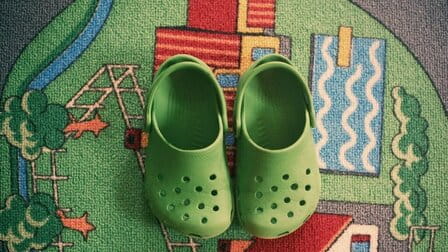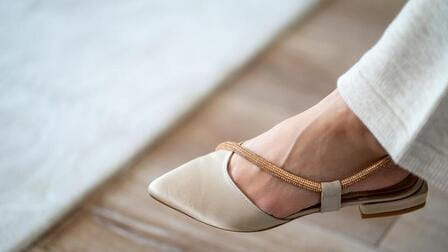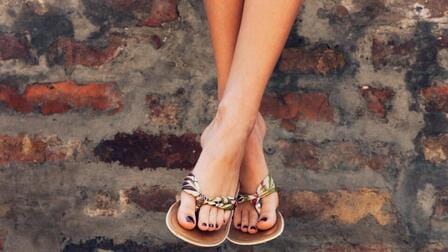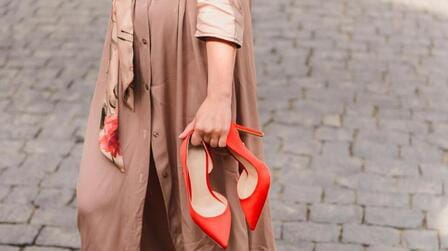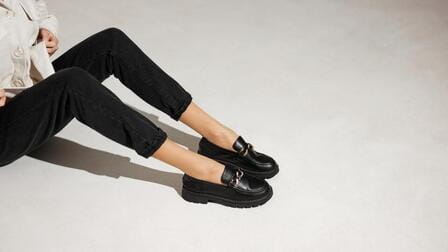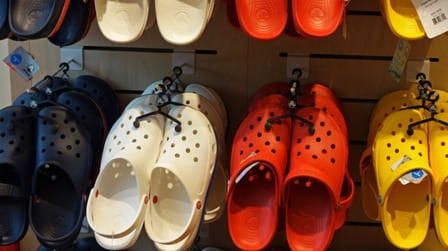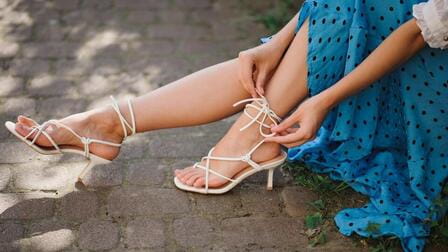When it comes to buying sandals, one of the most common dilemmas is deciding whether to size up or size down. Should you buy sandals that are slightly too big or too small? There are pros and cons to both options, so let's take a closer look at the factors you should consider when deciding if it's better to buy sandals bigger or smaller.
Key Factors When Choosing Sandal Size
When deciding on sandal size, here are some key factors to take into account: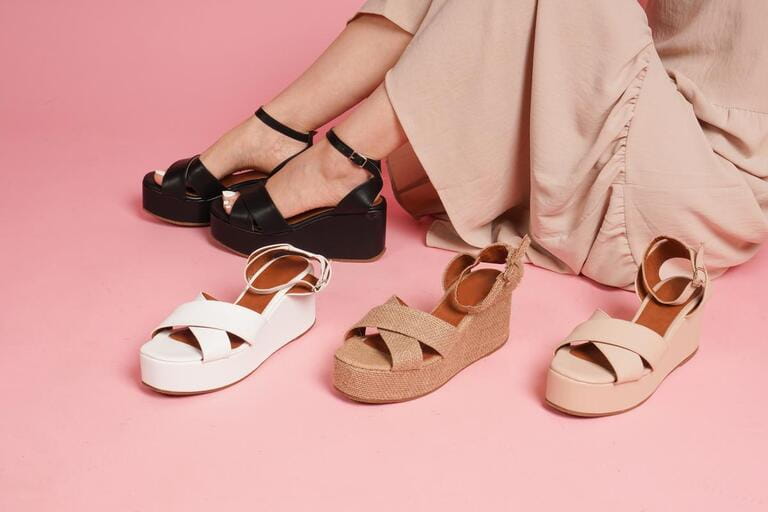
- Foot swelling - Our feet tend to swell during warm weather and when we're on our feet all day. Buying sandals a little big accommodates for this natural fluctuation in size.
- Toe room - Sandals that are too small can cramp toes and feel quite uncomfortable. Having adequate room in the toe box prevents this.
- Straps - Well-fitting straps keep sandals securely on your feet. Sandals that are too big may slip off due to loose straps.
- Walking comfort - Good walking sandals need to stay put on your feet and not flop around or rub when you walk. This requires a snug yet comfy fit.
So when looking at sandal sizing, the goal is to find the ideal balance between having a little wiggle room while still keeping the sandals feeling secure as you walk.
The Case for Buying Sandals Slightly Bigger
Here are some good reasons to consider sizing up when buying new sandals:
- Accommodates foot swelling in heat - As mentioned above, our feet expand in hot weather and when we're on them all day. Sandals that are slightly roomy account for this fluctuation.
- Allows room for orthotics - If you use custom orthotics or foot inserts, a bigger sandal size can accommodate these.
- Provides toe comfort - Sandals that are too small pinch toes and feel awful pretty quickly. Sizing up prevents cramped toes.
- Adjustable straps can tighten - Many sandals have straps with buckles, velcro or elastic that can tighten up loose straps if the sandals fit big.
- Adds growing room for kids' sandals - It's smart to buy kids' sandals a little big to allow for growth spurts.
So in many cases, buying sandals slightly larger than your normal shoe size does make sense and provides a more comfortable fit.
The Case for Buying Sandals Slightly Smaller
However, there are also good reasons to consider sizing down when shopping for new sandals:
- Prevents slippage - Sandals that are too loose slide around on your feet and can lead to blisters or tripping. Sizing down keeps them in place.
- Straps fit better - When sandals are too big, the straps hang loose and feel sloppy. Tighter straps improve fit and security.
- Toes don't slide forward - Excess room allows your toes to slide forward and hit the front of the sandals as you walk. Sizing down prevents this.
- More precise fit for narrow feet - Those with narrow feet get a better fit and less floppiness when buying sandals smaller.
- Kids' sandals stay put - Big sandals tend to fall off little kids' feet, so sizing down makes sense for toddlers.
For people with narrow feet or those wanting a "barely there" secure feel from their sandals, a snugger fit from sizing down can be advantageous.
Finding the Perfect Sandal Fit
It's clear there are convincing reasons for both sizing up and sizing down when buying new sandals. So how do you determine the just right Goldilocks fit? Here are some tips:
- Try sandals on at the end of the day - Your feet will be at their largest after being on them all day, so evening is ideal.
- Bring orthotics when trying on - Test sandals with the inserts or orthotics you'll be wearing with them.
- Opt for adjustable straps - This gives you the ability to tighten or loosen straps as needed.
- Choose sandals with some toe room - Allow 10-15 mm space between longest toe & sandal tip.
- Test walk around the store - Walk laps and make sure they don't rub anywhere or feel loose.
- Consider climate and use - Will you be in hot climates or walking all day? Size up. For casual use and cooler weather, size down.
- Know your foot type - Narrow feet do better sizing down vs. wide feet that need more room.
The most important thing is to pay attention to how the sandals feel on your feet. The ideal fit should be secure yet comfortable with just enough wiggle room. Don't go by shoe size alone - be willing to go up or down a half or full size to find that perfect summery sandal fit.
5 FAQs about Sandal Sizing
Here are answers to some common questions about choosing the right sandal size:
Q: Should my toes touch the end when buying sandals?
A: No, your toes shouldn't touch the ends of new sandals. Leave 10-15 mm space to allow a comfortable amount of wiggle room.
Q: What if sandals are loose in store but fit with added socks?
A: The fit needs to feel secure without socks. If too loose barefoot, size down or look for adjustable straps to tighten.
Q: Can sandals stretch out and get bigger over time?
A: Yes, the footbed and straps of leather or woven sandals can stretch and form to your feet over time. Consider sizing down.
Q: Is it OK to buy kids' sandals bigger for room to grow?
A: Yes, go up a half or full size for children's sandals to accommodate growth between seasons. Just don't go too big.
Q: Should I buy the same sandal size as my shoes?
A: Not necessarily - factors like foot swelling and straps versus enclosed shoes mean you may size up or down for sandals.
Conclusion
Finding the perfect sandal fit requires balancing factors like toe room, foot swelling, and strap adjustment. For many people, the ideal solution is buying sandals slightly larger than typical shoe size to allow a little room while still keeping a secure fit. Those with narrow feet or wanting a snug feel may prefer sizing down. Try sandals on at the end of day when your feet are biggest to assess fit. And focus on comfort by walking around the store before deciding. With some informed trial and error, you can find the just-right sandal size to comfortably take you through the summer.
